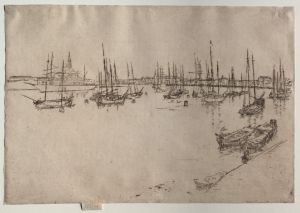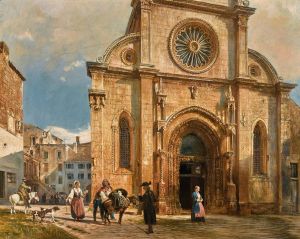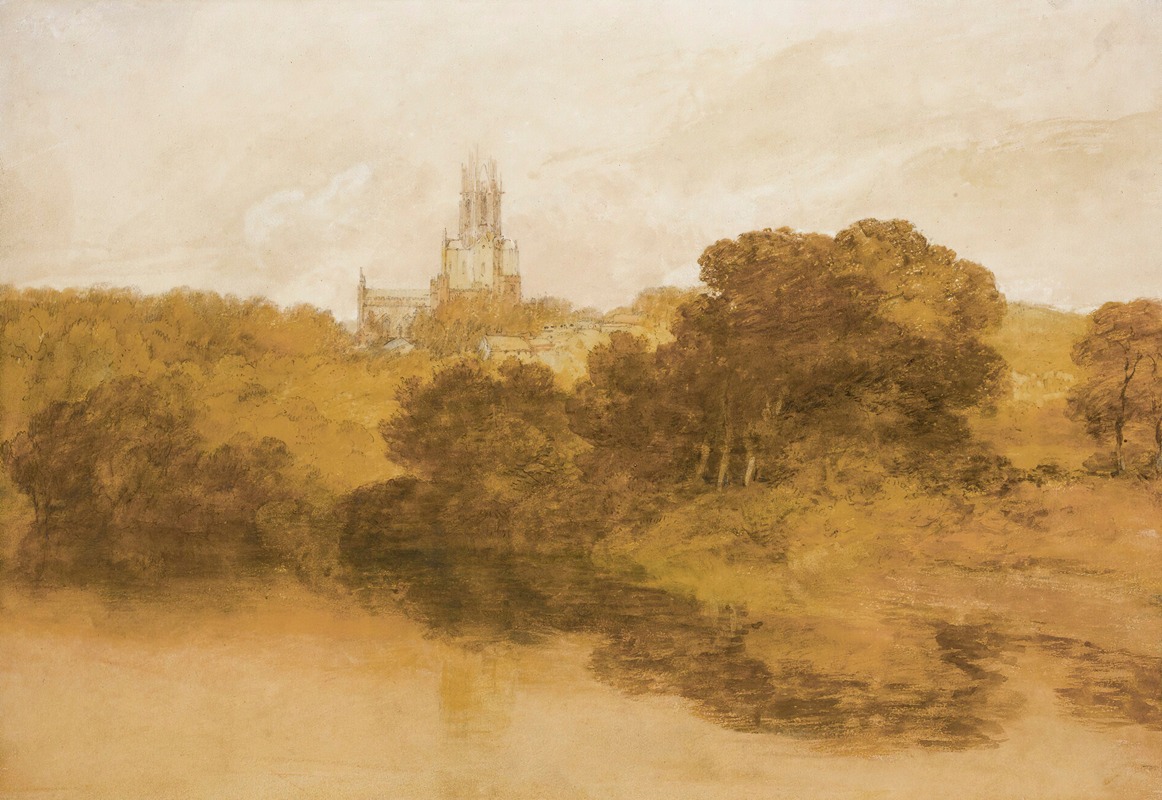
Fonthill Abbey, Wiltshire
A hand-painted replica of Joseph Mallord William Turner’s masterpiece Fonthill Abbey, Wiltshire, meticulously crafted by professional artists to capture the true essence of the original. Each piece is created with museum-quality canvas and rare mineral pigments, carefully painted by experienced artists with delicate brushstrokes and rich, layered colors to perfectly recreate the texture of the original artwork. Unlike machine-printed reproductions, this hand-painted version brings the painting to life, infused with the artist’s emotions and skill in every stroke. Whether for personal collection or home decoration, it instantly elevates the artistic atmosphere of any space.
"Fonthill Abbey, Wiltshire" is a watercolor painting created by the renowned British artist Joseph Mallord William Turner. Turner, who lived from 1775 to 1851, is widely celebrated for his innovative and expressive landscapes and seascapes, which contributed significantly to the Romantic movement in art. His work often captures the sublime beauty and power of nature, and he is known for his masterful use of light and color.
The painting depicts Fonthill Abbey, a Gothic revival country house located in Wiltshire, England. Fonthill Abbey was commissioned by the eccentric and wealthy writer William Beckford in the late 18th century. Designed by architect James Wyatt, the abbey was an ambitious project that became famous for its grand scale and the speed of its construction. The building featured a massive central tower, which was one of the tallest structures in England at the time.
Turner's watercolor captures the dramatic and picturesque qualities of Fonthill Abbey, emphasizing its towering architecture and the surrounding landscape. The painting is characterized by Turner's signature style, which includes a delicate and atmospheric use of watercolor to convey the interplay of light and shadow. His technique allows the viewer to experience the ethereal and almost dreamlike quality of the scene.
Fonthill Abbey itself has a fascinating history. Construction began in 1796, and the building was completed in 1813. However, due to the hasty construction and the use of substandard materials, the abbey's central tower collapsed in 1825, just a few years after Beckford sold the property. The rest of the structure was gradually dismantled, and today, only a small portion of the original building remains.
Turner's painting of Fonthill Abbey is significant not only for its artistic merit but also for its historical value. It provides a visual record of a remarkable architectural endeavor that no longer exists in its original form. The painting is part of Turner's extensive body of work, which includes numerous studies and finished pieces that document the landscapes and architecture of his time.
Turner's ability to capture the essence of a place through his art has made his works enduringly popular. His paintings are held in high regard and are featured in major art collections around the world. "Fonthill Abbey, Wiltshire" is an excellent example of Turner's skill in watercolor and his interest in capturing the grandeur and mystery of architectural subjects.
In summary, Joseph Mallord William Turner's "Fonthill Abbey, Wiltshire" is a watercolor painting that exemplifies the artist's mastery of light and atmosphere. It depicts the now partially lost Fonthill Abbey, a testament to the ambitious architectural projects of the Romantic era. Turner's work continues to be celebrated for its ability to evoke emotion and convey the beauty of the natural and built environment.






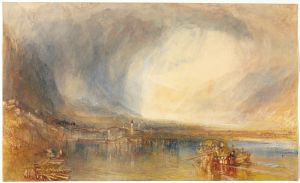
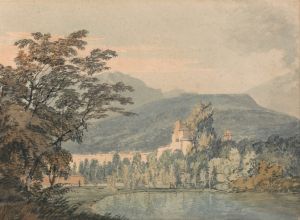
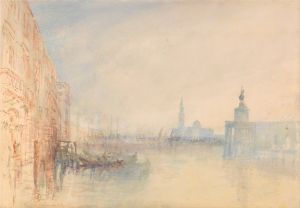
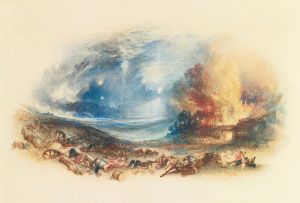
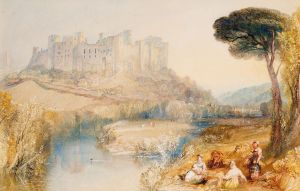
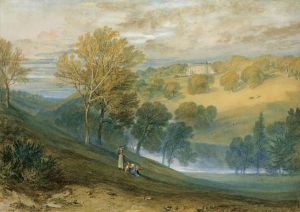
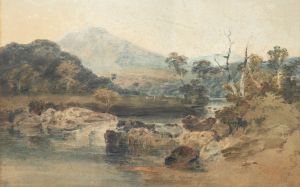
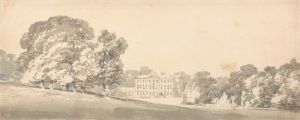
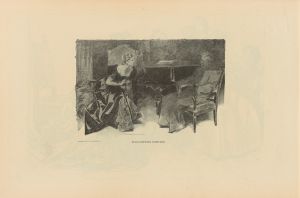
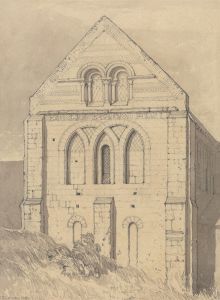
![West Front of the Church of Oyestraham [Ouistreham], near Caen, Normandy](/imgs/249142/s/john-sell-cotman-west-front-of-the-church-of-oyestraham-ouistreham-near-caen-normandy-817bec48.jpg)
